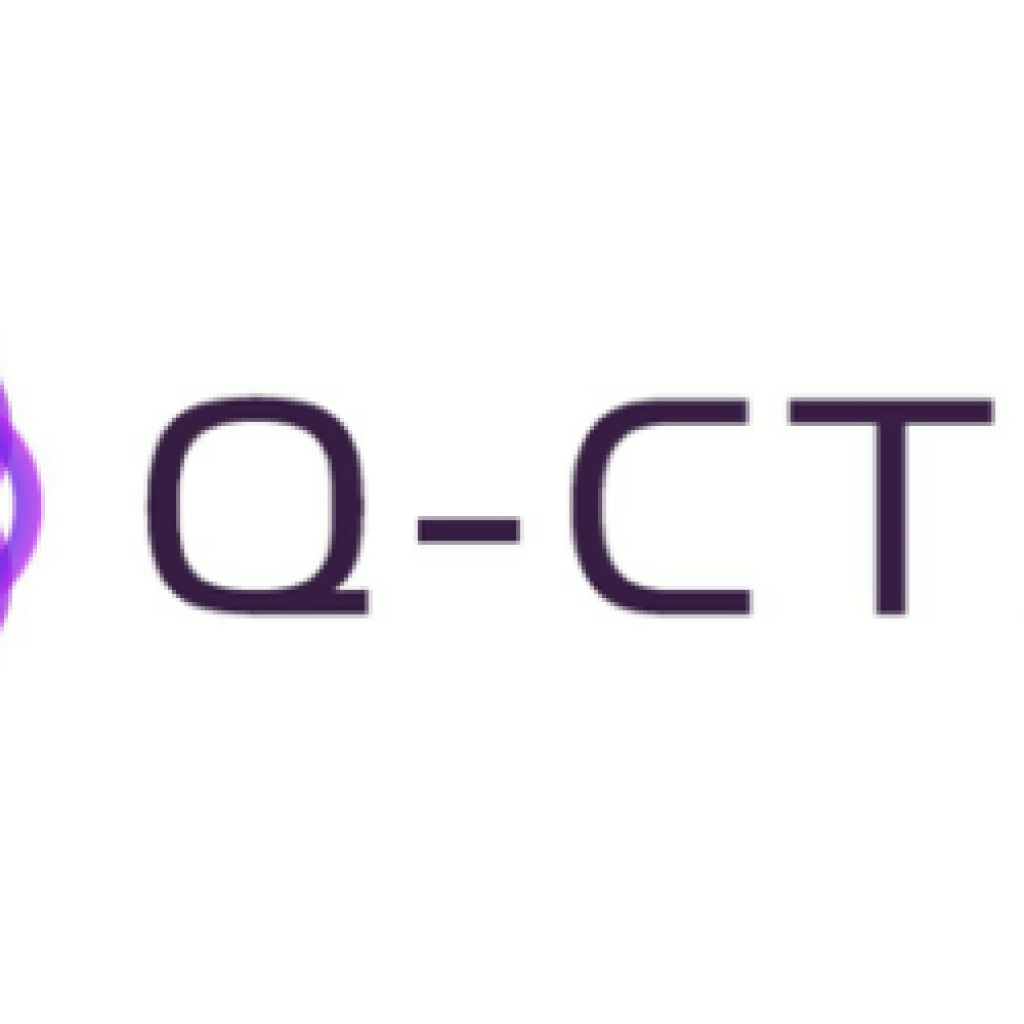What better place to show off your latest quantum computing achievements than an event gathering thousands of physicists.
That’s what Q-CTRL has in mind for next week at the American Physical Society March Meeting in Chicago. The annual event is the world’s largest physics conference, and while there Q-CTRL plans unveil the technology that was used in recent benchmarking experiments in which the company’s autonomous error-correction techniques increased the likelihood of quantum computing algorithm success more than 1,000x on real hardware, a mark that surpasses the 25x improvement Q-CTRL demonstrated last November. The results also represented more than 9,000x improvement over algorithmic benchmarks pursued by the U.S. Quantum Economic Development Consortium, Q-CTRL said.
Q-CTRL said in a statement that those results were achieved “entirely through conventional cloud access to commercial quantum computers, with no special access to hardware required. This proves these capabilities can be delivered to any user with an internet connection and a desire to achieve more from today’s quantum computers.” The company added that the underlying software tools for hardware stabilization, error reduction, and automation are available to researchers and developers through Q-CTRL’s Boulder Opal product and other technology.
The company further stated that it “identified pathways to use AI and automation to dramatically improve not only the errors plaguing isolated quantum logic elements (the building blocks of quantum application), but also those appearing only in the execution of complete algorithms.”
Q-CTRL’s results come days after Quantinuum and IonQ touted their own progress in benchmarking device-level fidelity for quantum computers, and Q-CTRL founder and CEO Michael J. Biercuk told IQT News via email that such device-level efforts are complementary to Q-CTRL’s work.
“The SPAM [state preparation and measurement] outcomes are important device level innovations similar to our previous work… building error robust quantum logic gates,” he said. “Continued device level progress is an essential complement to the work we have just showed, which focused on demonstrating how a chain of error correcting protocols give massive benefits at the system level. By focusing on how well a whole algorithm works we ensured that we kept our emphasis on what a user actually experiences with the system.”
He added, “In our tests we worked with multiple real customer use cases, in addition to standard benchmarks… Right now our demonstrations have been limited by the size of [quantum computer] to which we have had access… Fortunately we have observed that benefits grow with system size, meaning compounding gains as we target larger computations on larger machines. We are excited that as we secure access to larger systems and our talented hardware partners keep innovating with their devices we will be an essential enabler of achieving quantum advantage.”
